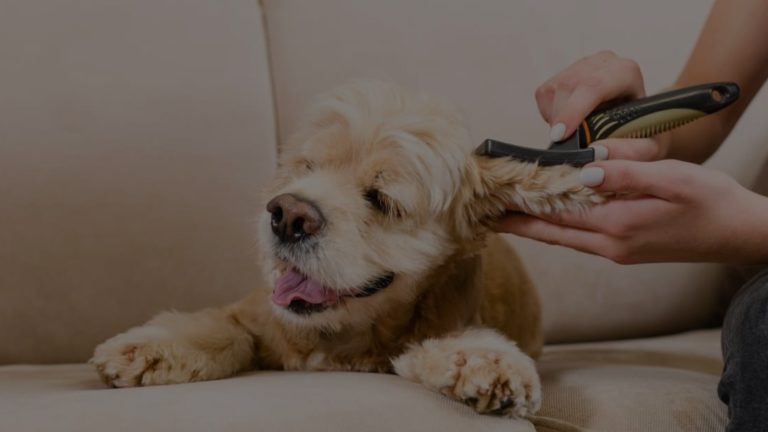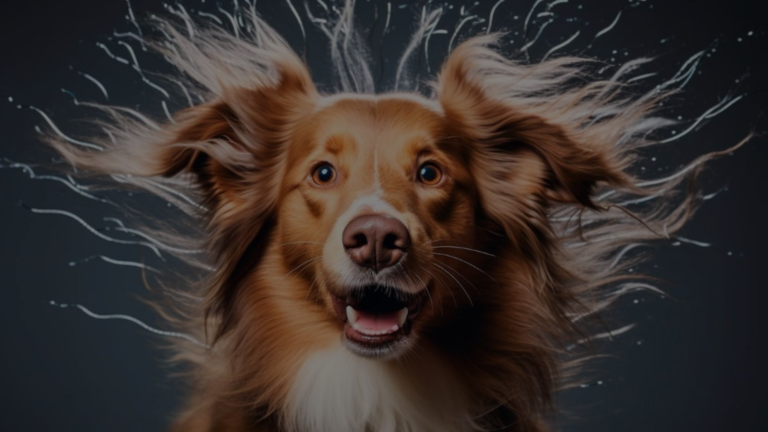Dogs are beloved companions, known for their unwavering loyalty, playful spirit, and unconditional love. But what about their capacity to form bonds? Can a dog bond with two owners, or is their affection reserved for a single person? The answer, as with many things in life, is not a simple yes or no. It delves deeper into the complex world of canine emotions and the dynamics of human-dog relationships.
Can a Dog Bond With Two Owners?
Yes, a dog can indeed love two owners. The reason some dogs appear to favor one person over another is often because that person is involved in activities the dog enjoys, such as feeding, walks, and playtime.
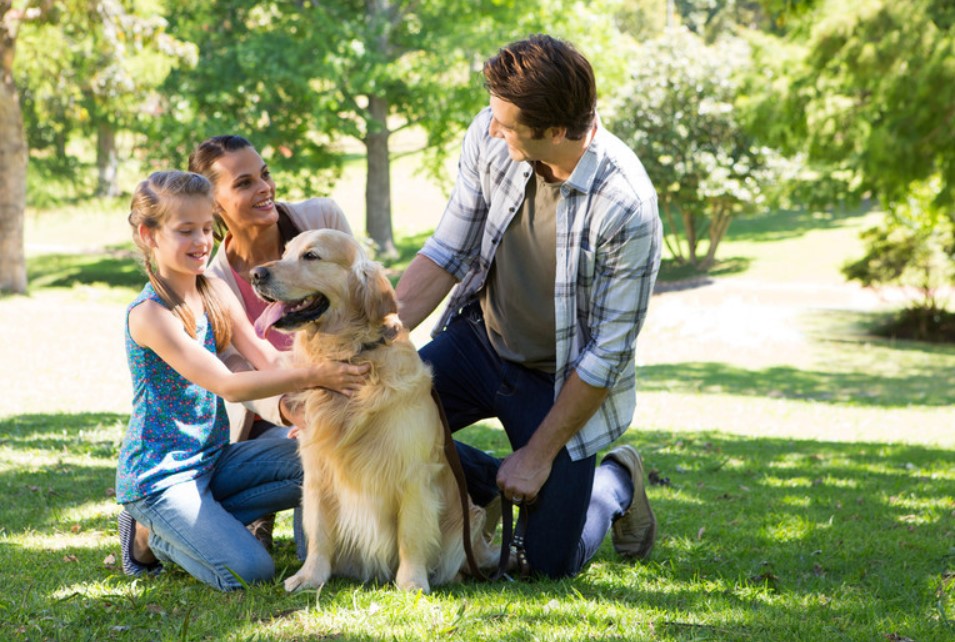
The Science of Dog Bonding
Dogs are social animals, wired to form strong bonds with their pack. This instinctual need stems from their evolutionary history as wolves, where cooperation and trust were crucial for survival. Today, this translates to a deep desire for connection and belonging, which they readily extend to their human companions.
While dogs possess impressive cognitive abilities, their primary way of forming bonds is through positive experiences. This includes shared activities like walks, playtime, training sessions, and simply cuddling on the couch. Each interaction reinforces a sense of security, trust, and affection, solidifying the bond between dog and owner.

Bonding with Two Owners
Dogs are social animals capable of forming strong bonds with multiple owners. The extent of this bonding depends on factors such as socialization, the quality of interactions, and the individual experiences shared with each owner. Here’s what you need to know:
- Can a Dog Love Two Owners?
- Yes, a dog can indeed love two owners. The reason some dogs appear to favor one person over another is often because that person is involved in activities the dog enjoys, such as feeding, walks, and playtime.
- Quality time and affection play a significant role in increasing a dog’s love for another owner.
- Factors Influencing Bonding:
- Breed, age, and training can influence a dog’s ability to bond with multiple owners.
- Consistency, patience, and positive reinforcement are essential for helping your dog develop strong relationships with both you and your partner.
- Equal Bonding:
- When both owners are equally involved in the dog’s care, such as sharing responsibilities for feeding, walks, and attention, the bond tends to be more equal.
- However, if one person is consistently present and attentive to the dog’s needs, that person may develop a special bond, especially when the dog is young.
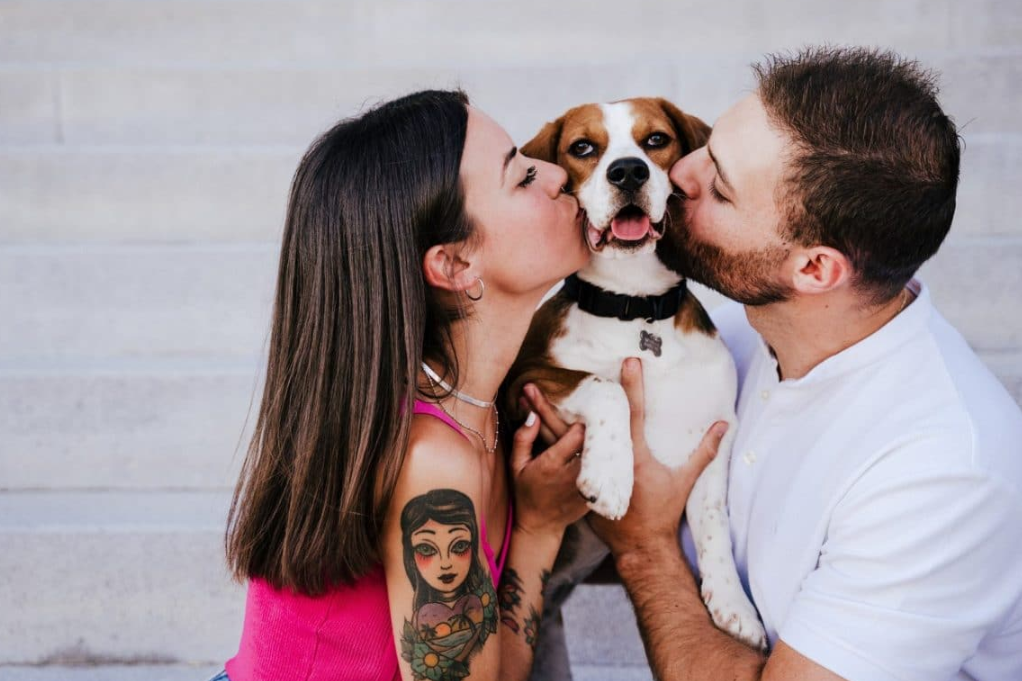
Factors Influencing the Bond
While dogs are capable of multi-owner love, individual personalities, breed tendencies, and life experiences can play a role:
- Breed Preferences: Some breeds, like Golden Retrievers and Labrador Retrievers, are known for their social nature and ability to bond easily with multiple people. Others, like Huskies and Basenjis, might be more selective.
- Early Experiences: The critical socialization period (3-12 weeks old) plays a significant role in shaping a dog’s ability to connect. Positive interactions with various people during this time can set the stage for strong multi-owner bonds.
- Individual Personalities: Just like people, dogs have unique personalities and preferences. Some might naturally gravitate towards one owner more, but this doesn’t preclude forming strong bonds with the other.
Building Strong Multi-Owner Bonds (Tips & Tricks)
Here are some practical tips to help your dog thrive in a multi-owner household:
- Shared Activities: Engage in activities that involve all owners and the dog, like playing fetch, going on walks, or training together.
- Individual Attention: Make time for one-on-one sessions with your dog, catering to their specific needs and preferences.
- Consistent Communication: Ensure everyone involved uses similar training methods, rules, and commands to avoid confusion and maintain consistency.
- Positive Reinforcement: Reward good behavior consistently, regardless of who initiates the interaction. This reinforces positive associations with all owners.
- Respect Individual Preferences: While encouraging interaction, respect your dog’s natural tendency to gravitate towards one person more at times.
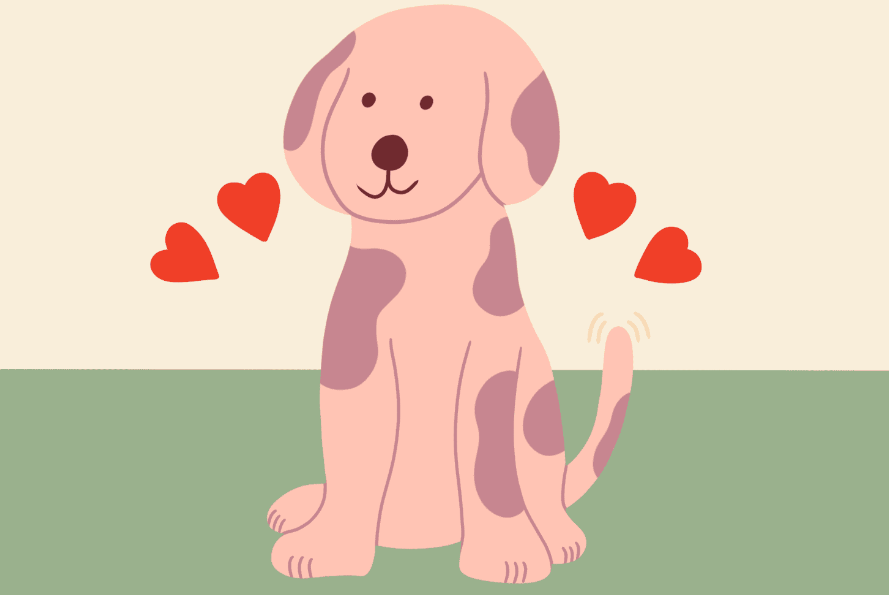
Remember: Building a strong bond takes time and effort. Be patient, and consistent, and shower your furry friend with love and affection. With the right approach, your dog can flourish in a multi-owner household, enjoying a wealth of love and connection.
References & Resources
Conclusion
The ability of a dog to bond with two owners is a beautiful testament to their capacity for love and connection. By understanding the science behind canine bonding, recognizing individual preferences, and implementing the right strategies, you can create a harmonious and enriching environment where your furry friend thrives with the love of multiple humans.
So, cherish the unique bond you share with your dog, and remember, there’s enough love to go around!
FAQs About Dog Bonding with Two Owners
Will my dog love one owner more than the other?
Dogs can show stronger preferences towards one owner, often due to shared activities, personality compatibility, or early experiences. However, a strong bond can still be built with both owners through consistent interaction, positive reinforcement, and respect for individual preferences.
Are some breeds better at bonding with multiple owners?
Certain breeds known for their social nature, like Golden Retrievers or Labrador Retrievers, might show easier adaptability to multi-owner households. However, individual personality plays a bigger role than breed in determining bonding potential.
Should I avoid changing routines or caregivers frequently?
Consistency is key to building trust and security. While some variation is healthy, frequent changes in caregivers or routines can be confusing and stressful for your dog. Aim for consistency in training, rules, and interactions with both owners.
What if my dog seems anxious or stressed in a multi-owner environment?
Pay close attention to your dog’s behavior and consult a professional trainer or behaviorist if needed. Signs of anxiety might include pacing, hiding, excessive barking, or reluctance to interact. Adjustments to routines, positive reinforcement training, and creating safe spaces can help ease their anxiety.
Should I force my dog to interact with both owners equally?
While encouraging interaction is beneficial, respecting your dog’s natural preferences is vital. Some dogs might gravitate towards one owner for cuddles while seeking the other for playtime. Forcing interaction can create stress and hinder the bonding process.
Can introducing a new owner disrupt my dog’s existing bond with me?
Proper introductions and gradual integration are crucial. Provide positive experiences with the new owner, engage in shared activities, and avoid overwhelming your dog. With patience and a positive approach, the existing bond can strengthen and a new one can flourish.


